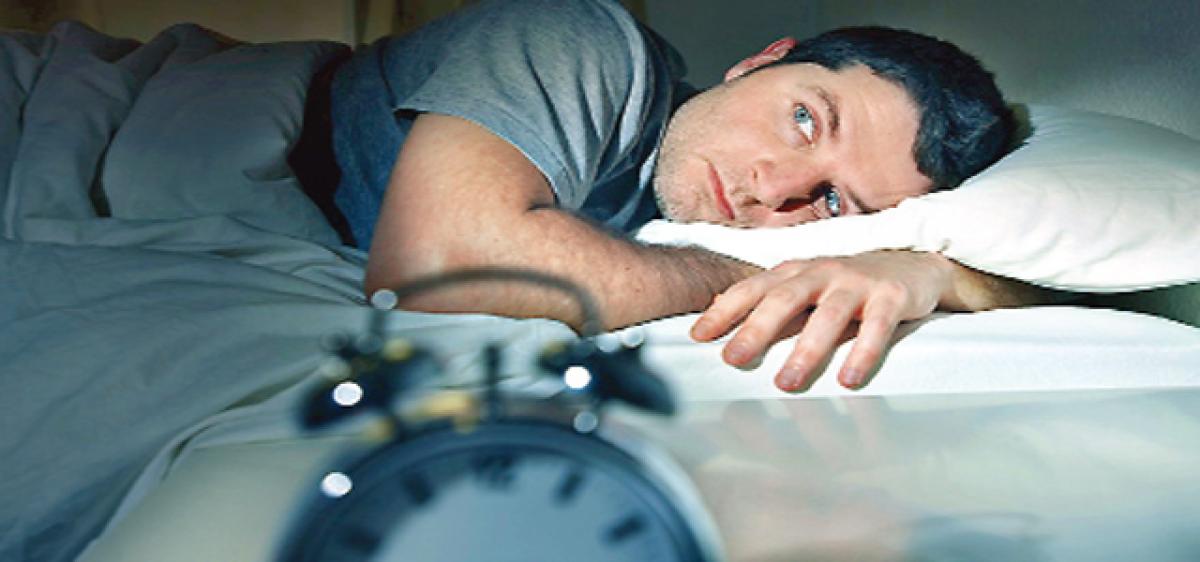Live
- 29 sitting MLAs defeated in Jharkhand, 40 familiar faces to be absent from Assembly this time
- No cure for such mindset: BJP leader slams Shiv Sena(UBT) over Maha mandate remarks
- BGT 2024-25: Take great pride in performing for my country, says Virat Kohli
- Central Government Holds All-Party Meeting Ahead of Winter Parliament Session
- ‘Vashistha’ Movie Launched with Grand Pooja Ceremony
- Cinematica Expo’s Third Edition Set to Be Bigger and Better: P.G. Vinda’s Vision for Film Industry Growth
- BGT 2024-25: Virat Kohli hits 30th Test hundred as India set a target of 534 for Australia
- Sambhal stone-pelting accused will face strict action, says BJP
- Man smashes Ola scooter after receiving Rs 90,000 bill for repairs
- Ajit Pawar elected as leader of NCP in Maha Assembly









